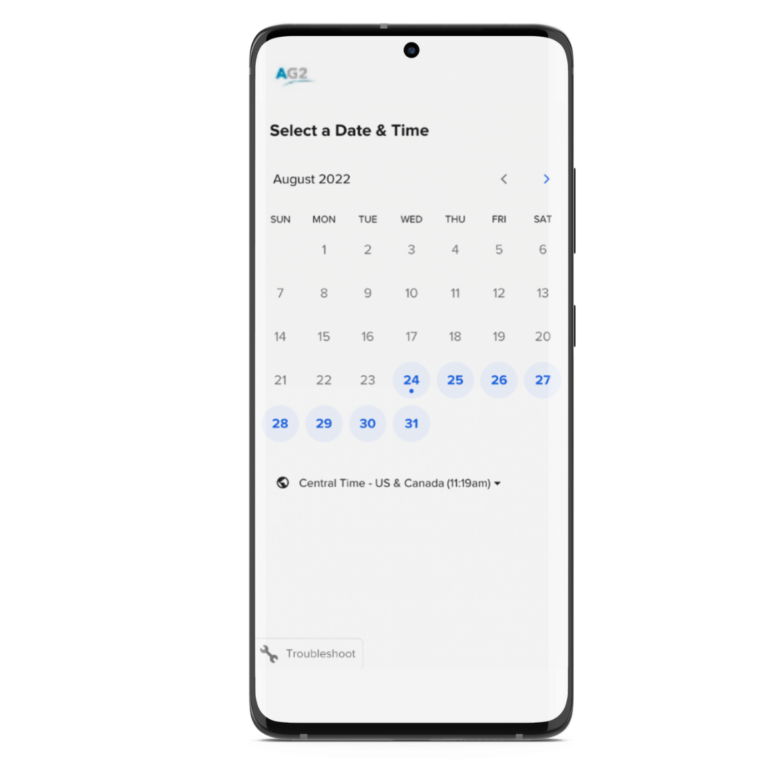Weather Data API
Curated data giving only what you need the way you need it
A Wealth of Weather Data
Obtain targeted weather data across all time continuums, historical, current, and forecast. All the data is easily accessed through our REST based API services, which are supported by a robust set of documentation, allowing you to quickly set up and retrieve the data of interest.
In partnership with IBM & The Weather Company, AG2 offers weather data APIs to complement AG2 Trader.
Weather Data APIs within the IBM Environmental Intelligence Suite tap into the breadth and depth of weather data to provide current and forecasted conditions, seasonal and sub-seasonal forecasts, lifestyle indices, severe weather, and historical weather data for analysis. The packages are curated to give you only what you need in the format you need, and you can use them quickly and easily by accessing weather data APIs through the cloud. By applying advanced analytics to the combination of business data and weather data such as alerts and notifications, forecast data, and weather imagery, you can build the foundation for informed enterprise decision-making.
Actionable, dependable, and accurate weather forecasts
Accurate forecasts at 500-square-meter resolution globally. Forecasts are updated every 15 minutes, providing the granularity needed to step through the forecast hour-by-hour out to 15 days.
Extensive weather observation network
Includes one of the highest-resolution weather observation networks that are available in the field based on more than 250,000 personal weather stations in addition to traditional sources.
Historical weather data to anticipate future impacts
Provides businesses with historical weather observations featuring a unique 35 km worldwide grid. Historical weather data helps organizations better understand how the weather has impacted critical business processes in the past, allowing them to anticipate the influence that similar weather events may have in the future.
Smarter seasonal and long-range business decisions
Provides a comprehensive view of the anticipated temperature and precipitation patterns for 3-5 weeks, 1-4 months, and now 5-7 months.
